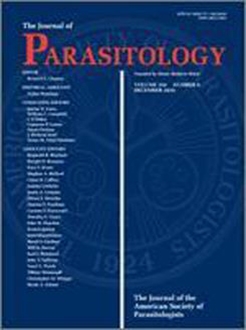Ixodes scapularis is currently known to transmit 7 pathogens responsible for Lyme disease, anaplasmosis, babesiosis, tick-borne relapsing fever, ehrlichiosis, and Powassan encephalitis. Ixodes scapularis can also be colonized by endosymbiotic bacteria including those in the genus of Rickettsia. We screened 459 I. scapularis ticks submitted to the Connecticut Agricultural Experiment Station Tick Testing Laboratory with the objectives to (1) examine differences in infection prevalence of Borrelia burgdorferi, Anaplasma phagocytophilum, Babesia microti, and Borrelia miyamotoi, (2) evaluate whether prevalence of co-infections occur at the same frequency that would be expected based on single infection, and (3) determine the presence of rickettsial endosymbionts in I. scapularis. The prevalence of infection in I. scapularis was highest with Bo. burgdorferi sensu lato (nymph = 45.8%; female = 47.0%), followed by A. phagocytophilum (nymph = 4.0%; female = 6.9%), Ba. microti (nymph = 5.7%; female = 4.7%), and Bo. miyamotoi (nymph = 0%; female = 7.3%). We also identified rickettsial endosymbionts in 93.3% of I. scapularis. Nymphs were significantly more likely to be infected with Bo. burgdorferi if they were infected with Ba. microti, whereas adult females were significantly more likely to be infected with Bo. burgdorferi if they were infected with A. phagocytophilum. Our study suggests that the infection prevalence of Bo. burgdorferi is not independent of other co-circulating pathogens and that there is a substantially higher infection of Bo. miyamotoi in I. scapularis females compared with nymphs in this study. High prevalence of infection and co-infection with multiple pathogens in I. scapularis highlights the public health consequences in Connecticut, a state endemic for Lyme and other tick-borne diseases.
How to translate text using browser tools
23 January 2020
Prevalence of Infection and Co-Infection and Presence of Rickettsial Endosymbionts in Ixodes scapularis (Acari: Ixodidae) in Connecticut, USA
Darya Pokutnaya,
Goudarz Molaei,
Daniel M. Weinberger,
Charles R. Vossbrinck,
Alexander J. Diaz
ACCESS THE FULL ARTICLE

Journal of Parasitology
Vol. 106 • No. 1
January 2020
Vol. 106 • No. 1
January 2020
Anaplasma phagocytophilum
Babesia microti
Borrelia burgdorferi
Borrelia miyamotoi
Co-infection
Connecticut
Ixodes scapularis




